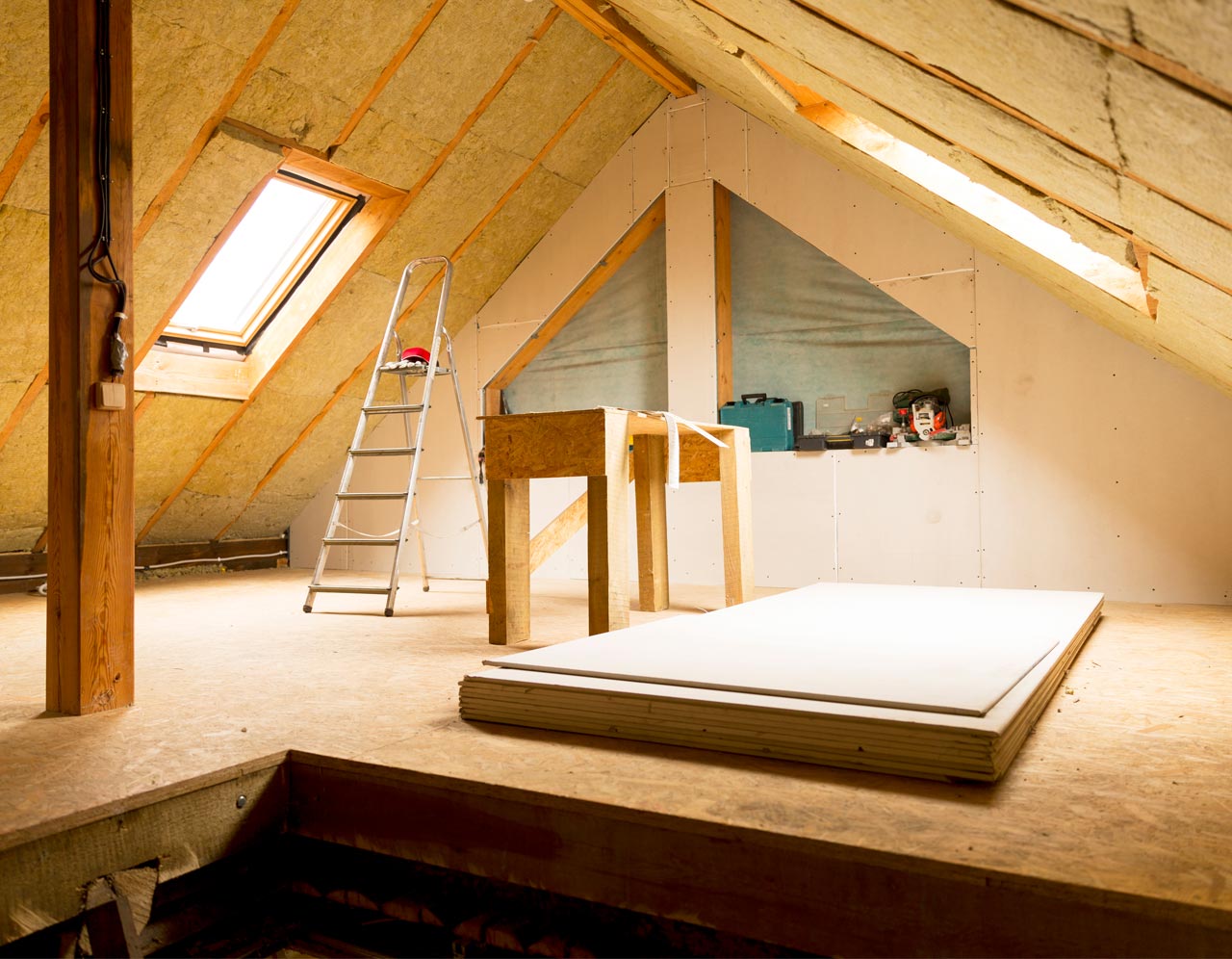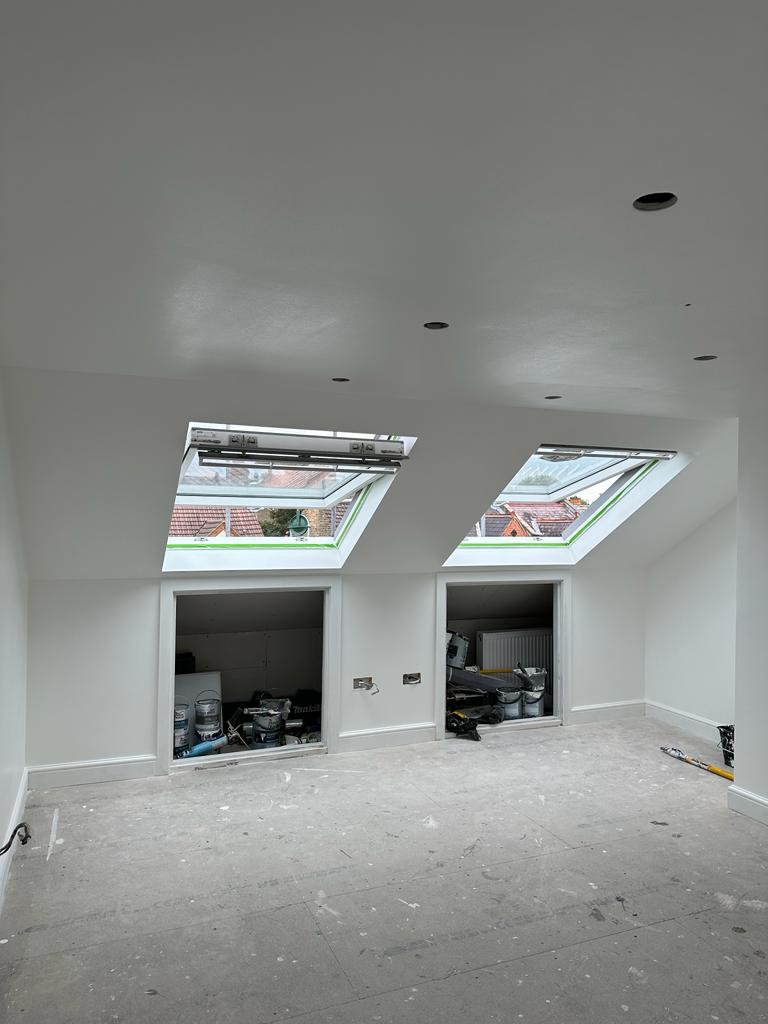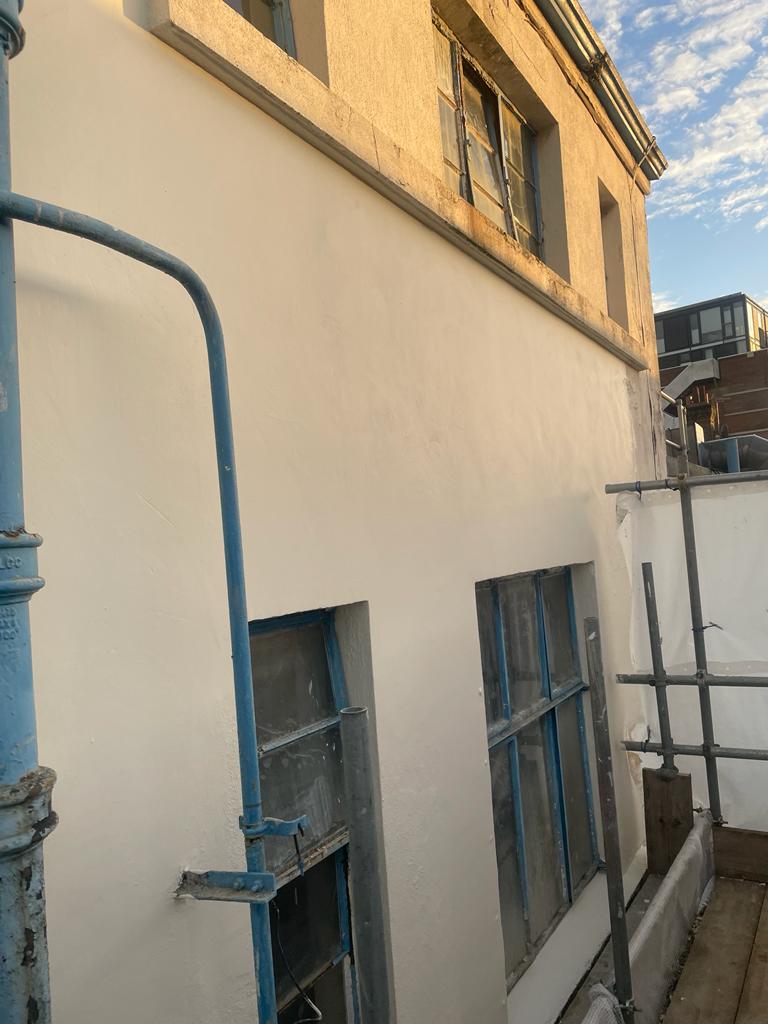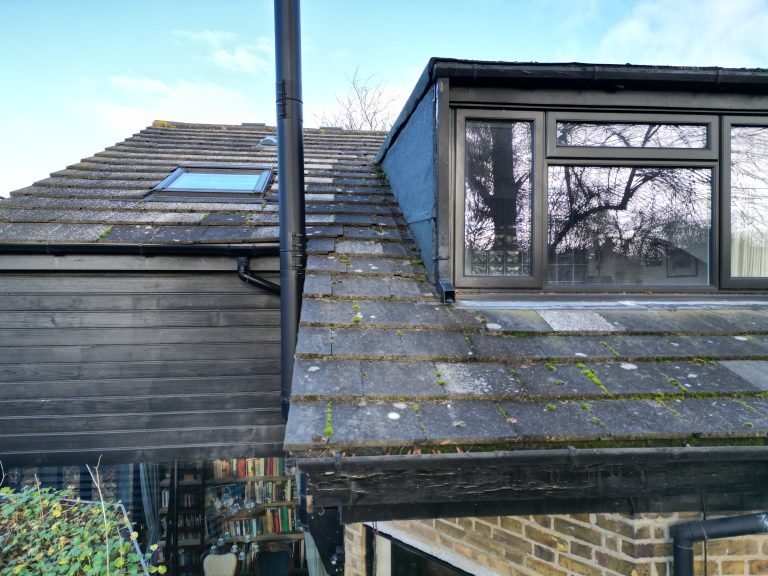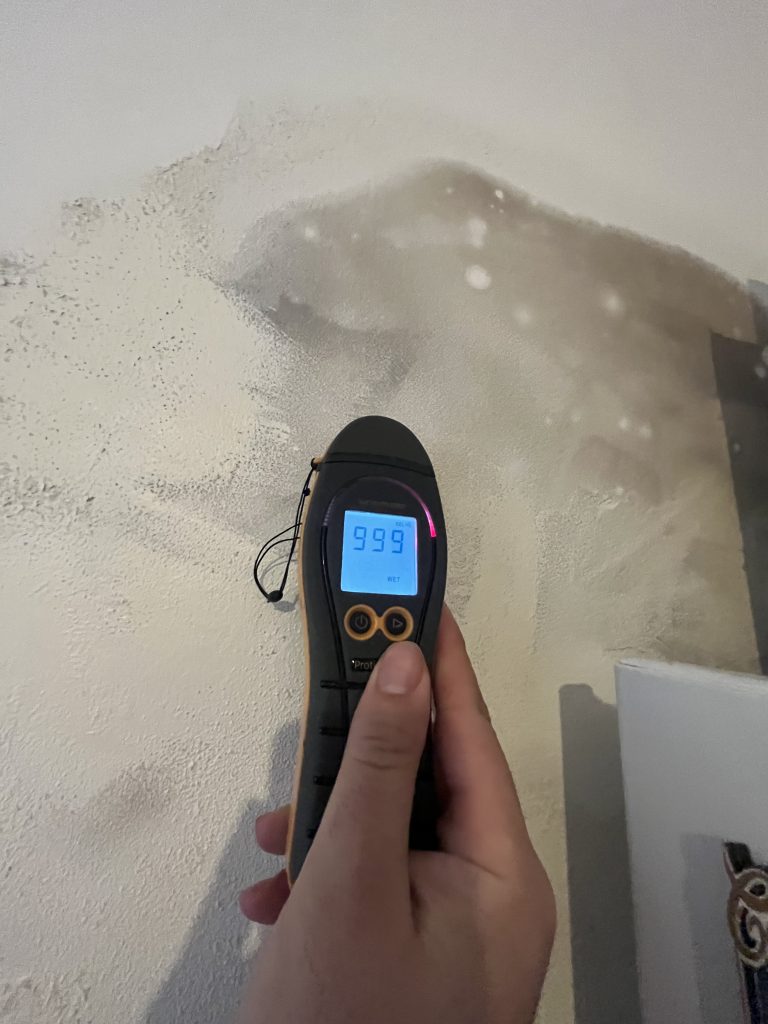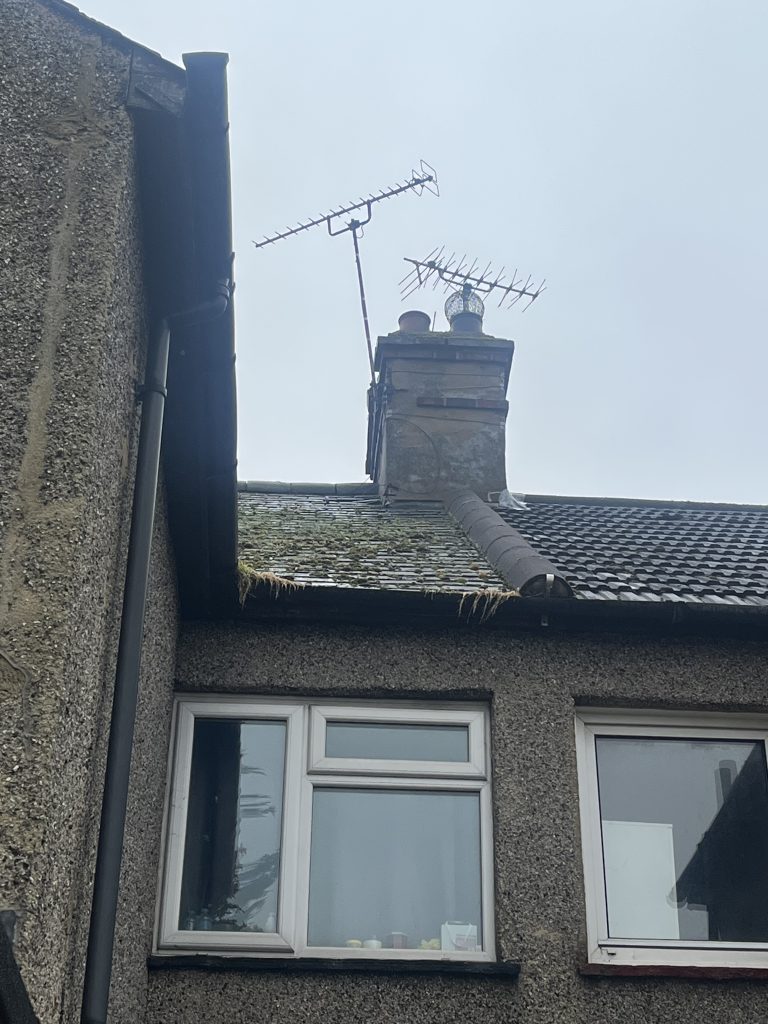REGULATED BY
SCHEDULE OF CONDITION
At K&A Surveyors, we are dedicated to providing Landlords and Tenants in Kent, London, Essex, Surrey, Sussex and the surrounding areas with comprehensive insights into the state of their properties.
WHAT IS A SCHEDULE OF CONDITION?
A Schedule of Condition is a detailed record that records in writing and photographically, the current condition of a property. It meticulously documents any existing defects, wear, or damages, ensuring there’s a clear baseline against which future changes in the condition of a property can be compared to.
This Survey is invaluable for Clients, offering protection against potential future disputes over the condition of the property. For tenants, it ensures clarity on the property’s state at the commencement of the lease, safeguarding against unfair claims upon lease termination.
LEGAL ASPECTS AND PROTOCOLS
At K&A Surveyors, we ensure our services align with established legal standards
- Connection with the Party Wall Act: When undertaking work that falls within the remit of the Party Wall Act, a Schedule of Condition ensures all parties are aware of the initial condition of the areas within close proximity of the notifiable works, prior to their commencement, therefore protecting interests of both parties in the matter. In the event of a claim for damage, the Schedule of Condition can be referred back to as evidence.
- Implications for Dilapidation Claims and Tenant Alterations: By establishing a clear record of the property’s condition at the start of a lease, both parties have a clear reference to compare to, therefore reducing potential disputes. This Schedule of Condition, if included within a new lease, can limit the Tenant’s liability at the end of the lease term, possibly saving the Tenant money on Dilapidation claims.
A Schedule of Condition is a snapshot of the condition of the property prior to an event occurring, for example commencement of a new Lease or Party Wall works.
BENEFITS OF A SCHEDULE OF CONDITION
By documenting the property’s condition at the outset, Landlords and Tenants have a clear reference that can be compared to, which can reduce the likelihood of disagreements in the event that damage occurs. This Schedule of condition, if included within a new lease can limit the Tenant’s liability at the end of the Lease term saving the tenant significant amounts of money on Dilapidation claims.
- Clarity on the State of the Property: The Survey offers a snapshot of the property’s condition at a specific moment, ensuring all parties are on the same page.
- Minimising the Risk of Costly Claims: With a detailed record in hand, all parties are better positioned to address and refute unwarranted claims, potentially saving significant sums.
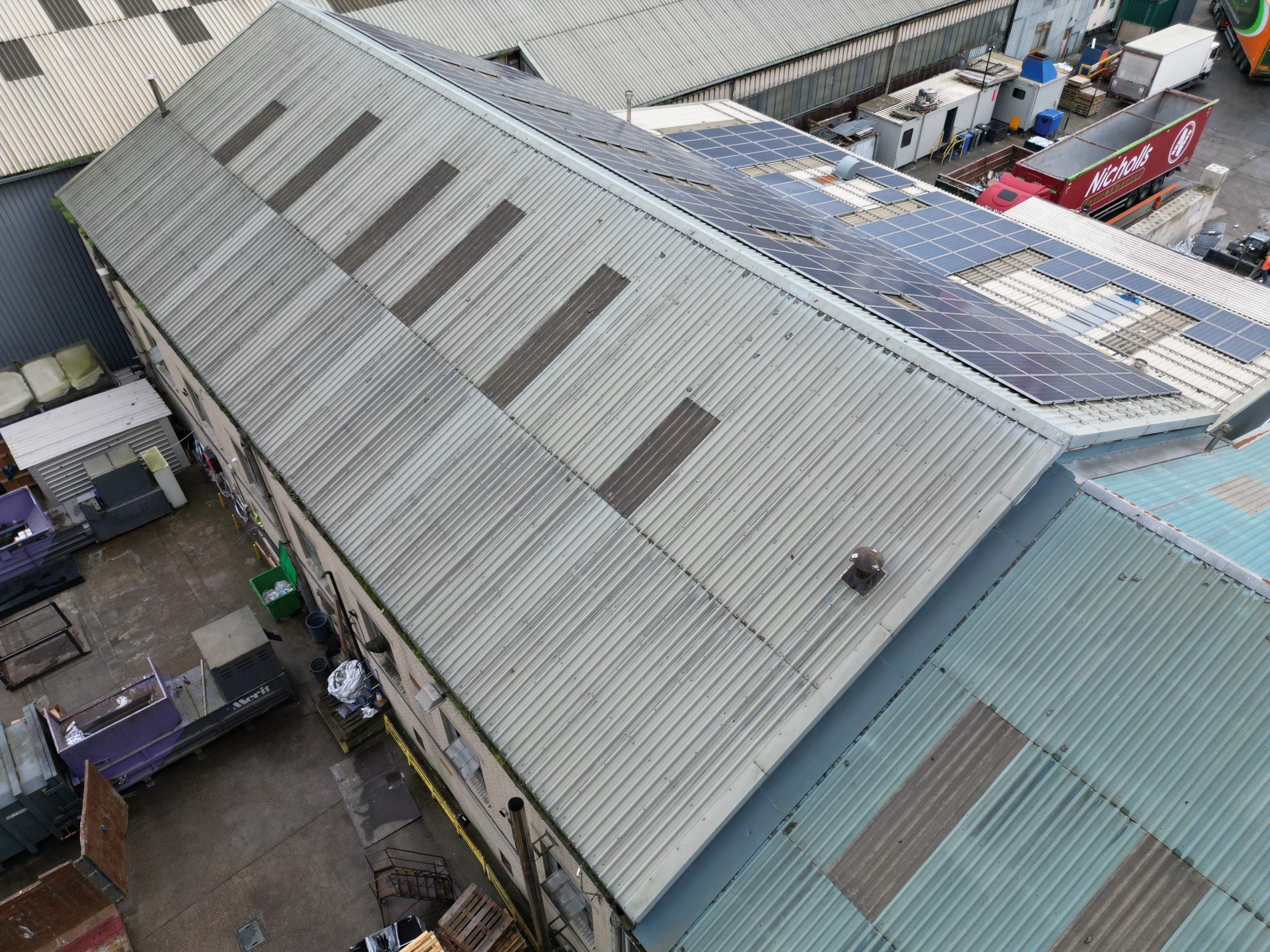
KEY ELEMENTS OF THE SCHEDULE OF CONDITION
Descriptive Text Detailing the Condition
Our reports thoroughly describe the property’s condition, capturing every detail to ensure clarity and precision.
Photographic Evidence
We supplement our descriptions with high-resolution photographs, offering a visual record that showcases the property’s current state.
Specific Areas of Concern or Notable Findings
Our team highlights any areas that may be of particular concern, ensuring Landlords are aware of potential issues or areas requiring attention.
THE PROCESS OF CONDUCTING A SCHEDULE OF CONDITION
At K&A Surveyors, our commitment to precision and thoroughness ensures that Clients receive a comprehensive understanding of their property’s condition. Here’s a breakdown of our process:
- Initial Assessment and Site Visit: Our team conducts an initial desktop assessment to understand the property’s specifics prior to arranging the inspection. This is followed by a site visit to get a firsthand look at the property.
- Detailed Recording of the Property’s Current State: Our experts meticulously document every aspect of the property, noting any wear, damage or potential concerns.
- Use of Photographic Evidence: To provide a clear and undeniable record, we employ high-quality photographs, capturing the property’s condition from multiple angles.
- Ensure the Clients have a tangible record: Post-inspection, our team compiles a detailed Schedule of Condition Survey report, ensuring Clients have a tangible record that can be referred to in future discussions or disputes.
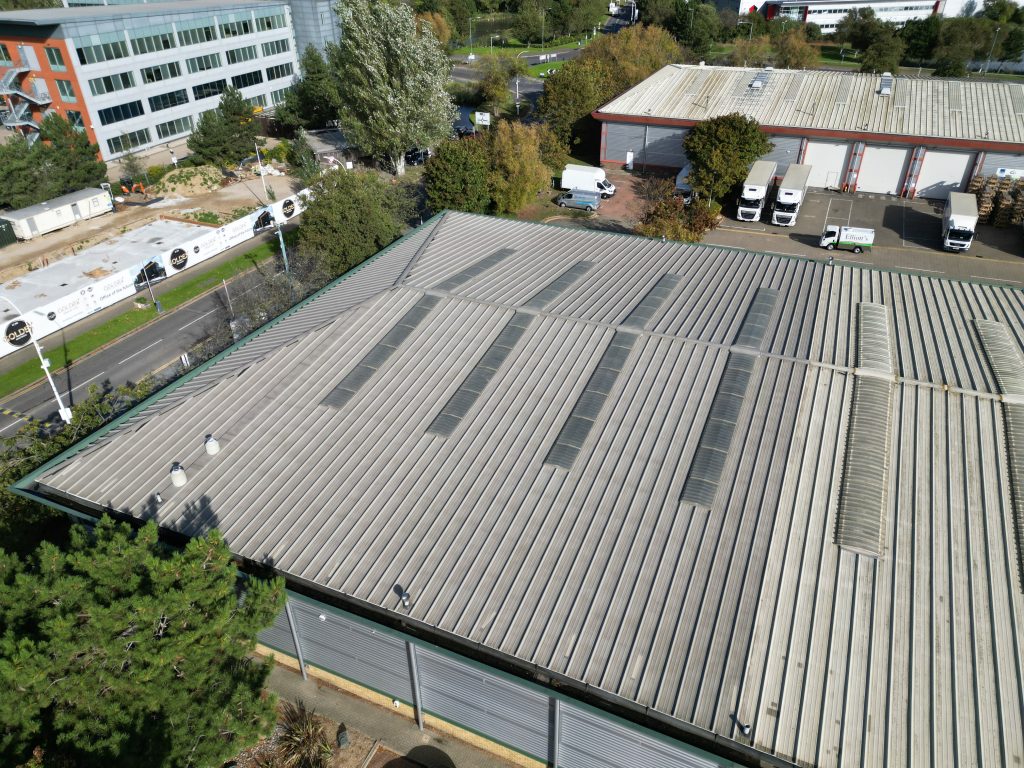
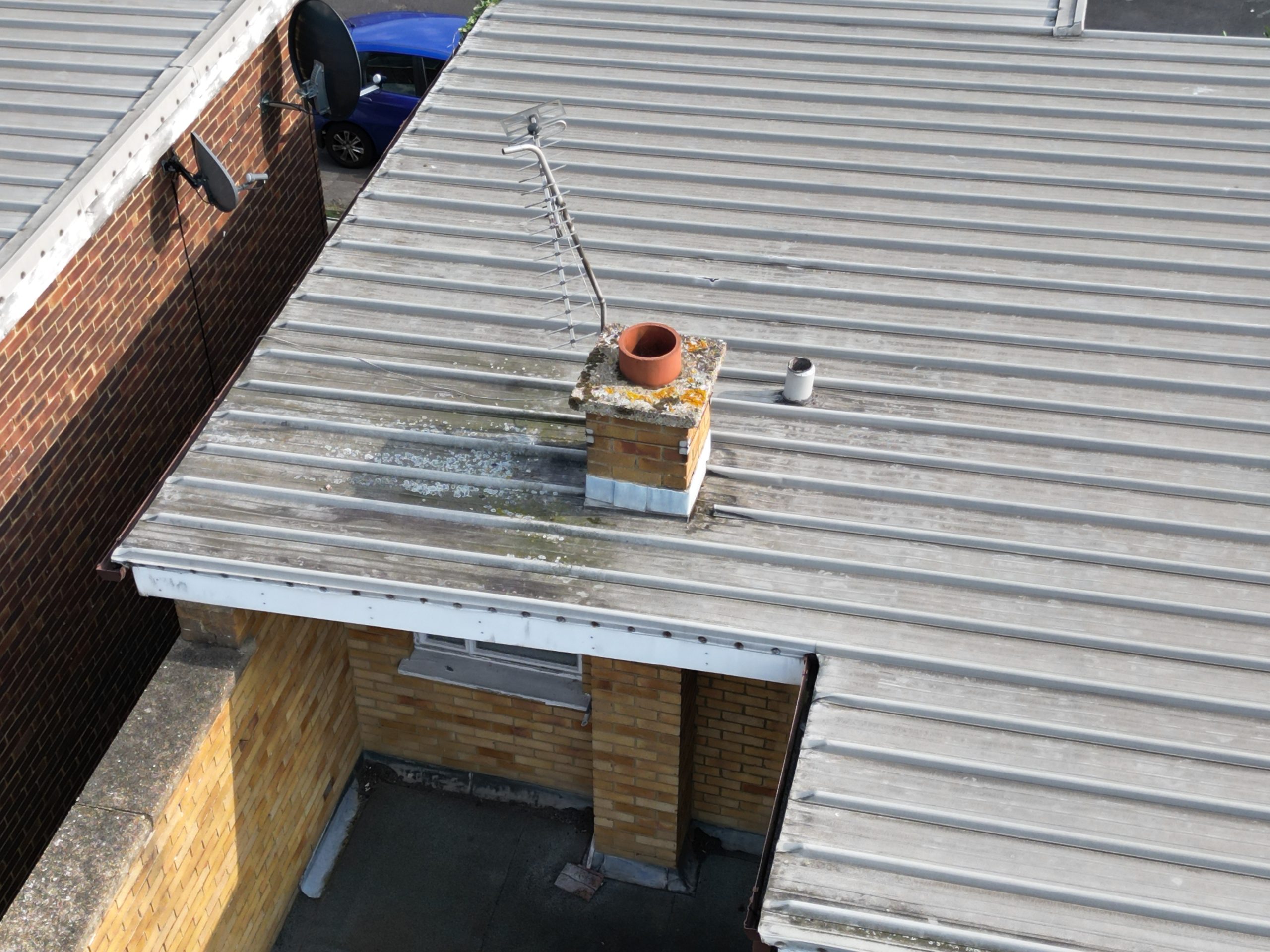
We understand that every lease is unique. Our process considers the terms of the lease agreement and the nature of the building, ensuring that the Schedule is tailored to each property.
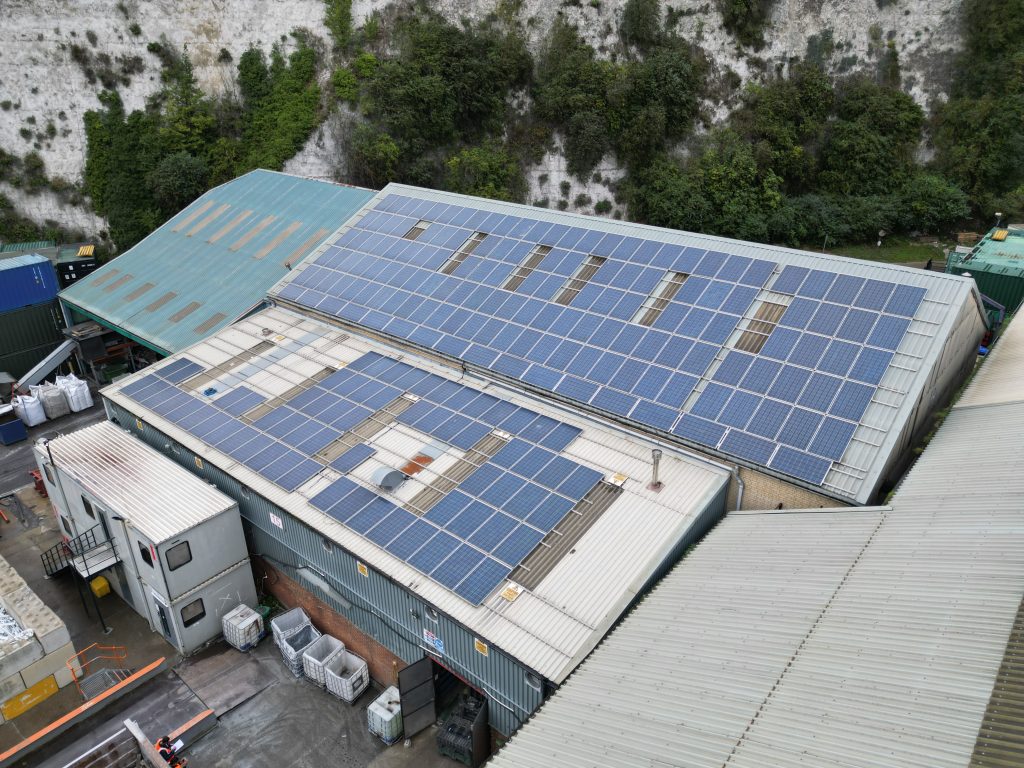
ADDITIONAL SERVICES TO UPSCALE THE SCHEDULE OF CONDITION
Are you looking to take on a new Lease on a commercial property and if so does the property have areas which are restricted from view from the ground level? If this is the case the Drone Roof Inspection will allow a full inspection of these areas. This is paramount to ensure limiting your liabilities in the future as we will have a clear photographic record of these areas and this small additional cost now may save huge financial implications in the future.
FREQUENTLY ASKED QUESTIONS
While there is no legal requirement for a Schedule of Condition to be undertaken, this is a invaluable report which can be used as evidence to make or challenge future claims for damages to the property and subsequently, therefore limit your liability and potentially save significant costs in the future.
The Schedule of Condition is a visual and non-intrusive inspection and the areas inspected are limited to those which are accessible and visible on the date of the Survey. Where possible, access should be provided to all areas of the property and any large items of furniture or belongings should be removed to ensure that we can schedule as much of the property as possible.
We provide our services in Kent, London, Essex, Surrey, Sussex and the surrounding areas.
The Schedule of Condition should be undertaken before commencement of a new Lease and prior to commencement of any notifiable works under the Party Wall etc Act 1996.
The Schedule of Condition will comprise a mixture of text to describe the defects as well as reference to photographs of any defects which were found at the time of the inspection.
Where works are undertaken within the remit of the Party Wall etc Act 1996, the Building Owner is typically responsible for the fees. Clients who are taking on a new Lease are responsible for the fees of the Schedule of Condition.
Its primary purpose is to document the exact condition of a property at a specific point in time, serving as a reference for future comparison.
While both are detailed records, a Schedule of Condition records the state of the property at the start of a lease or before works occur, whereas a Schedule of Dilapidations focuses on the breaches within the lease.
They provide a visual record, offering undeniable evidence of the property’s condition, complementing the text.
It can be used as evidence in potential disputes, ensuring both Landlords and Tenants adhere to their respective obligations and rights set out within the lease.


